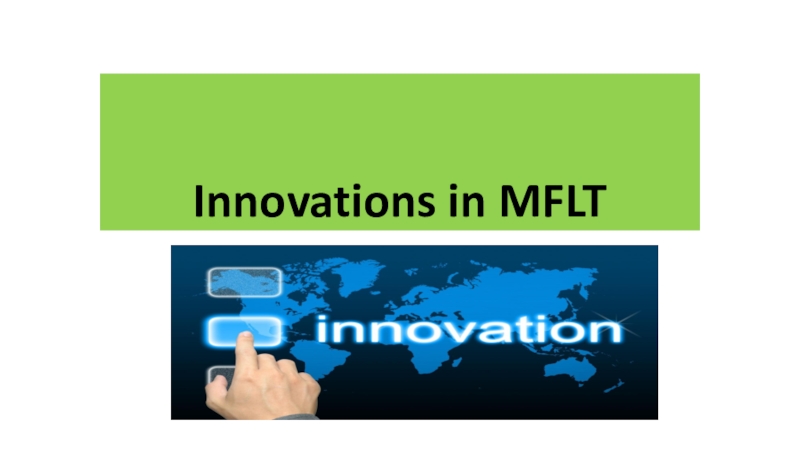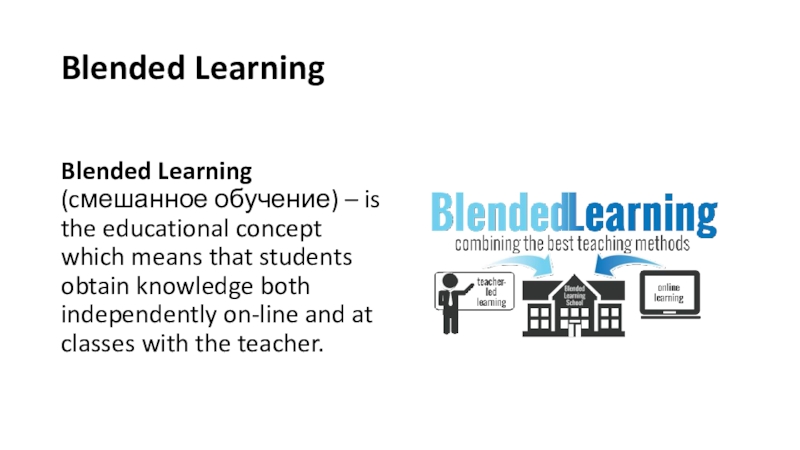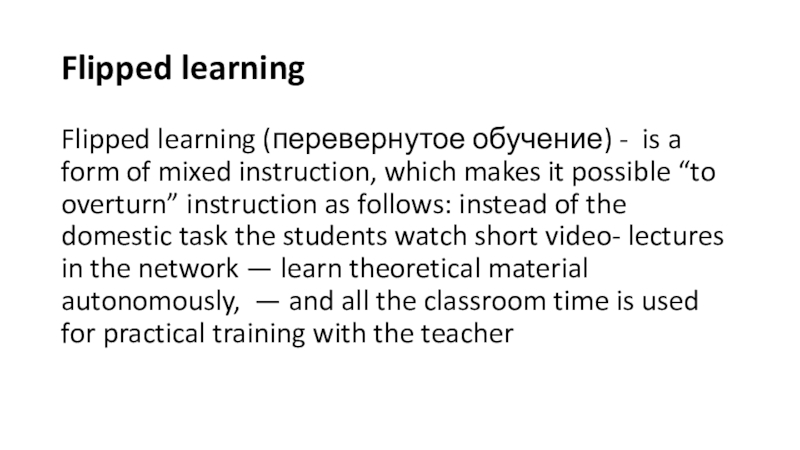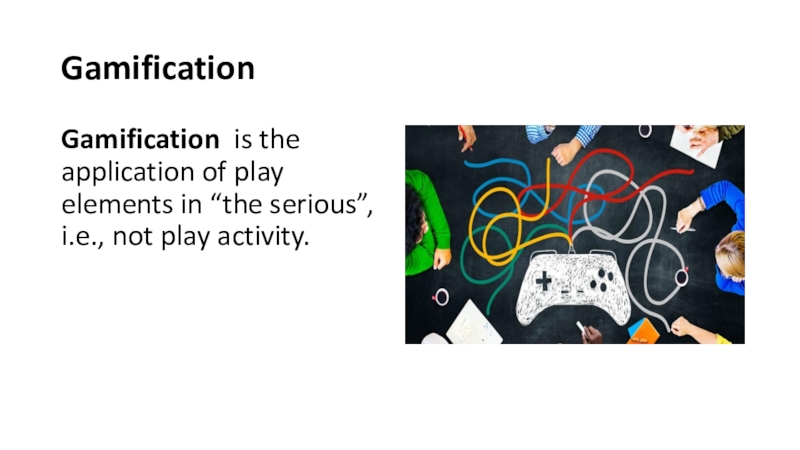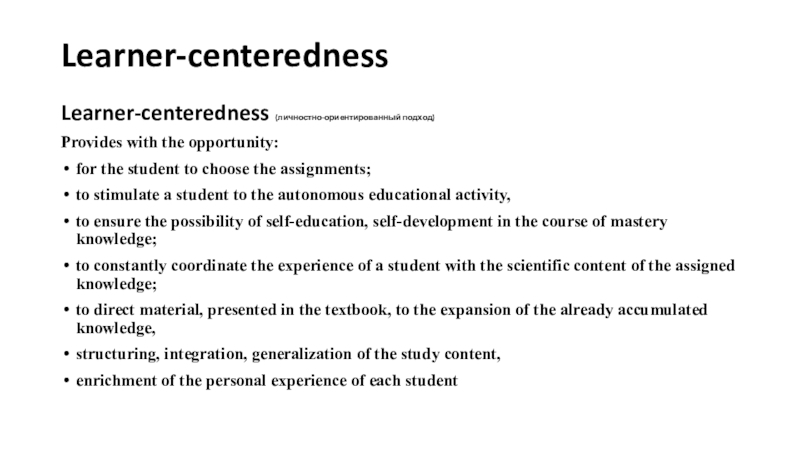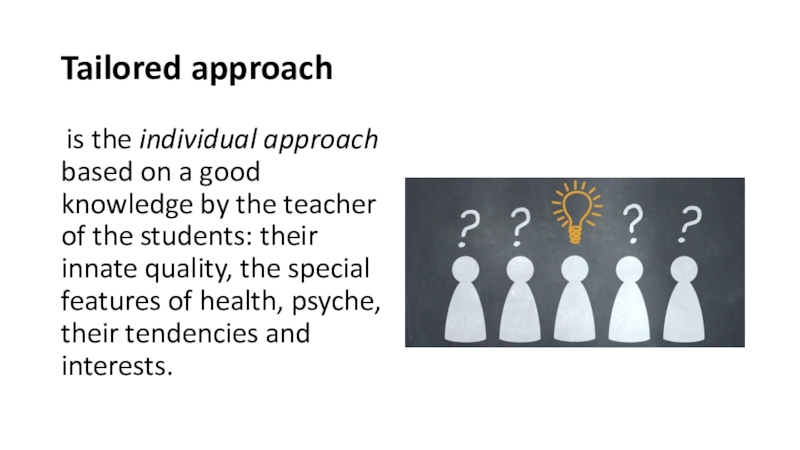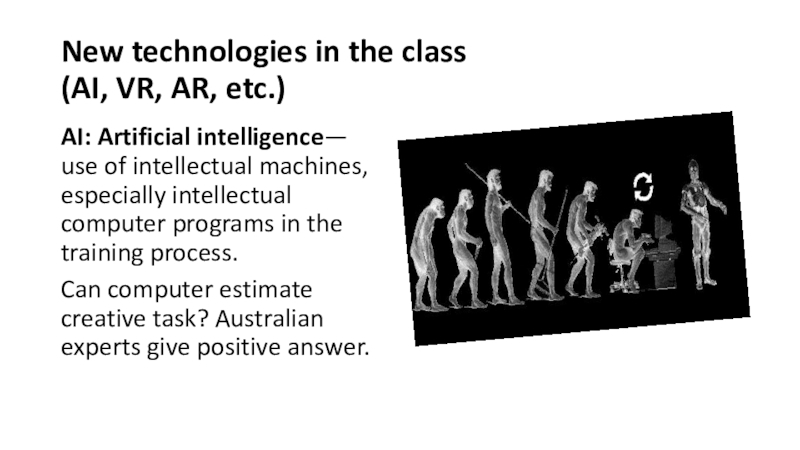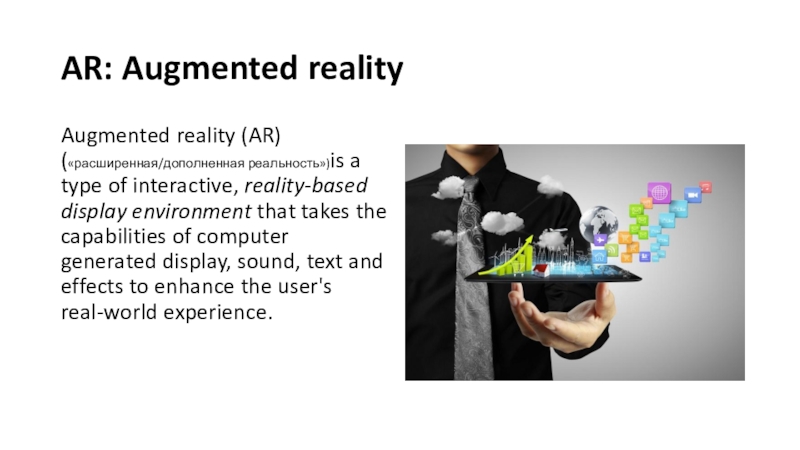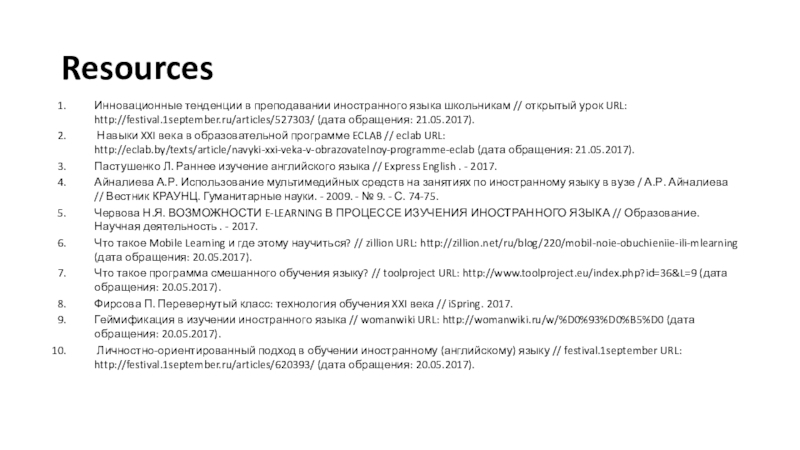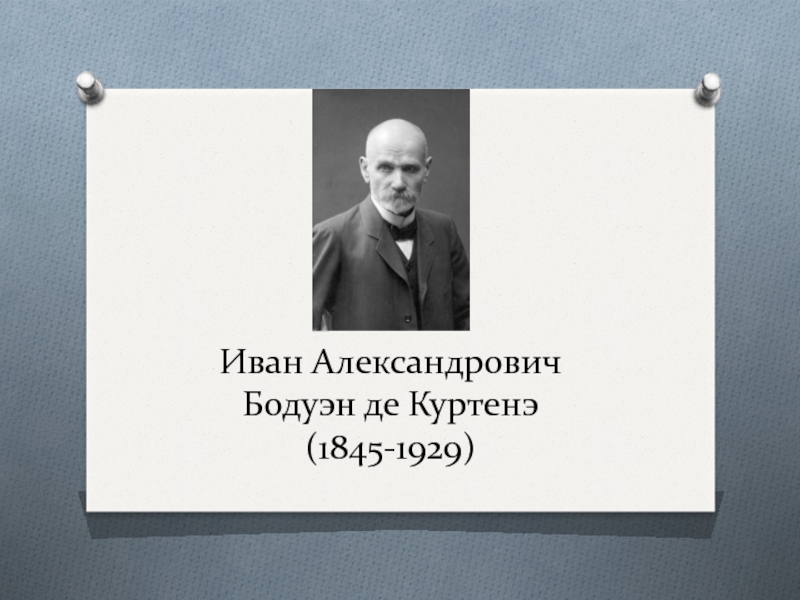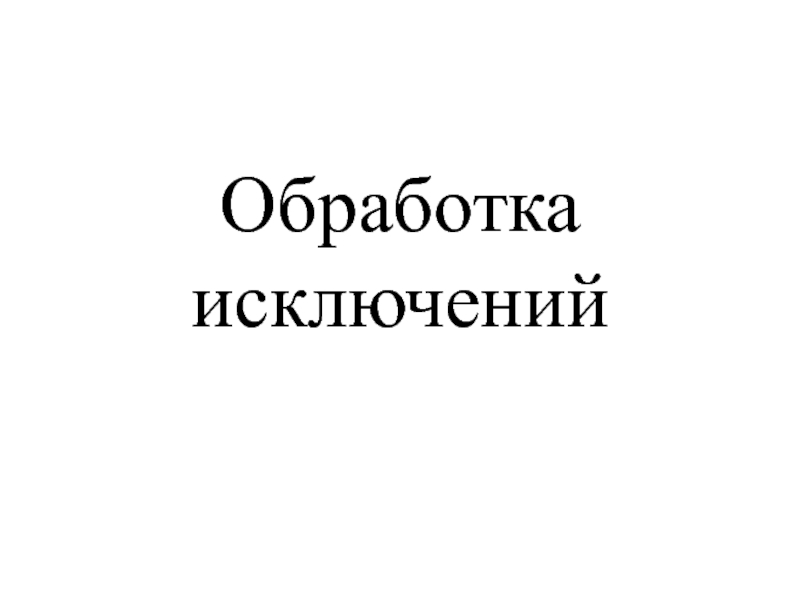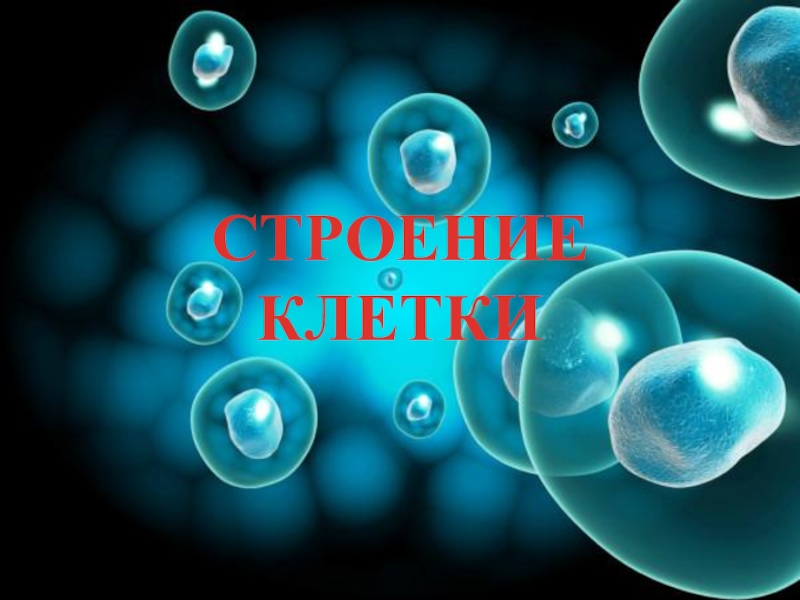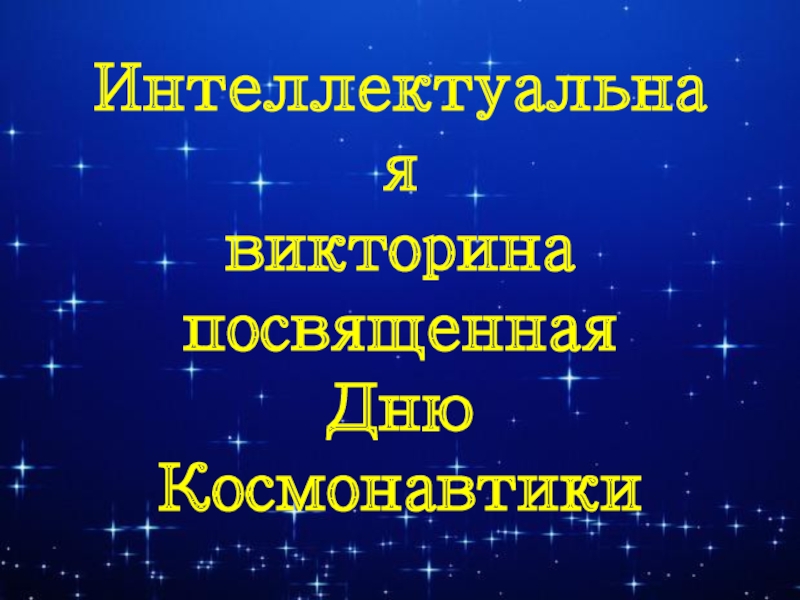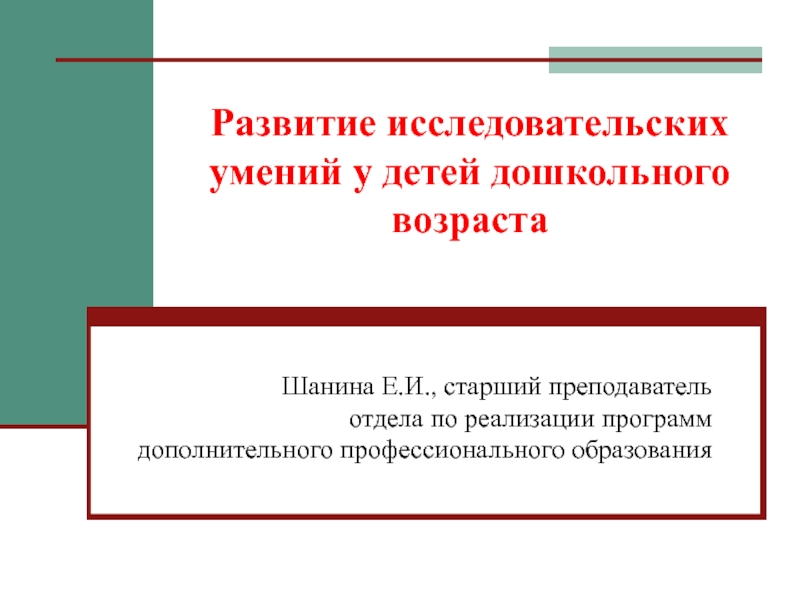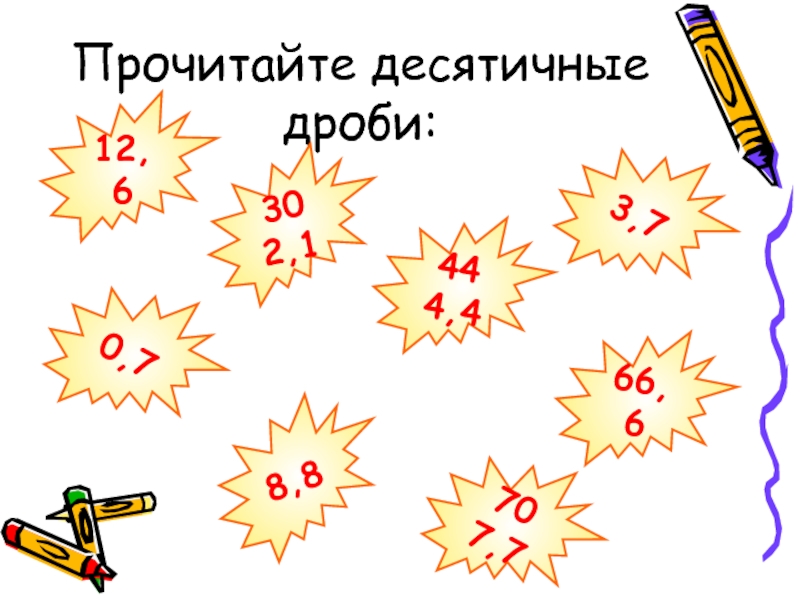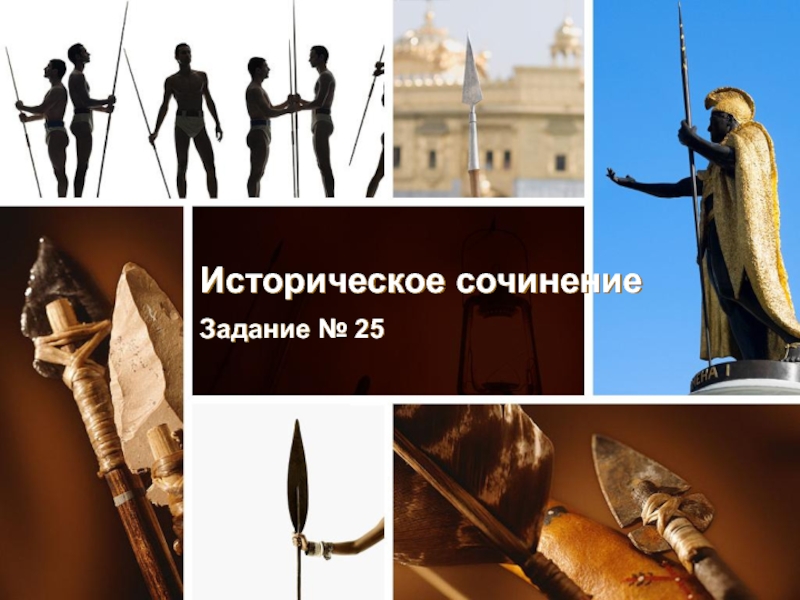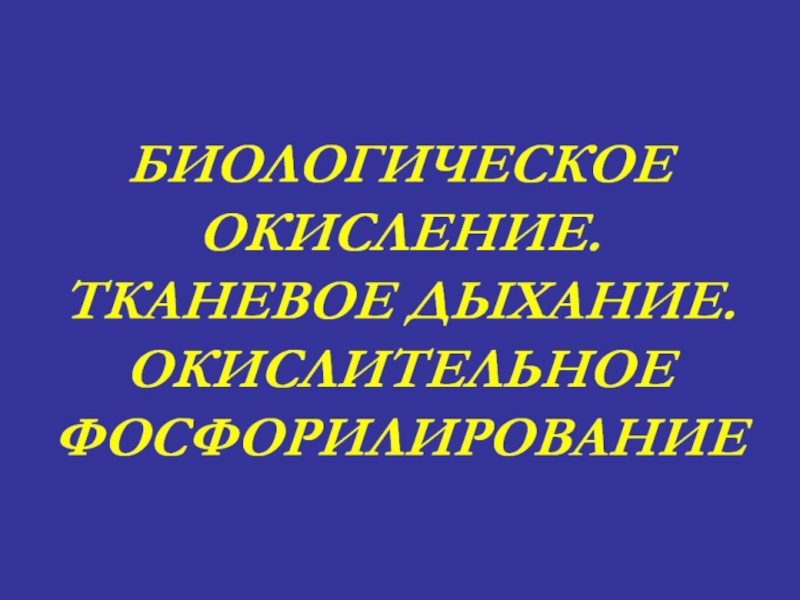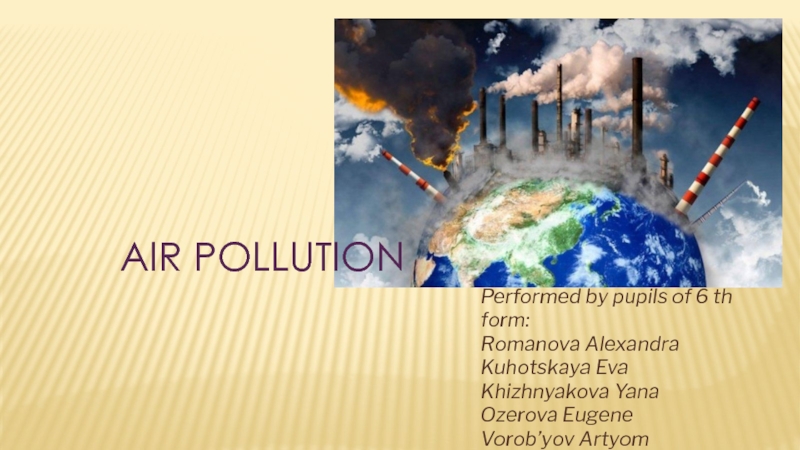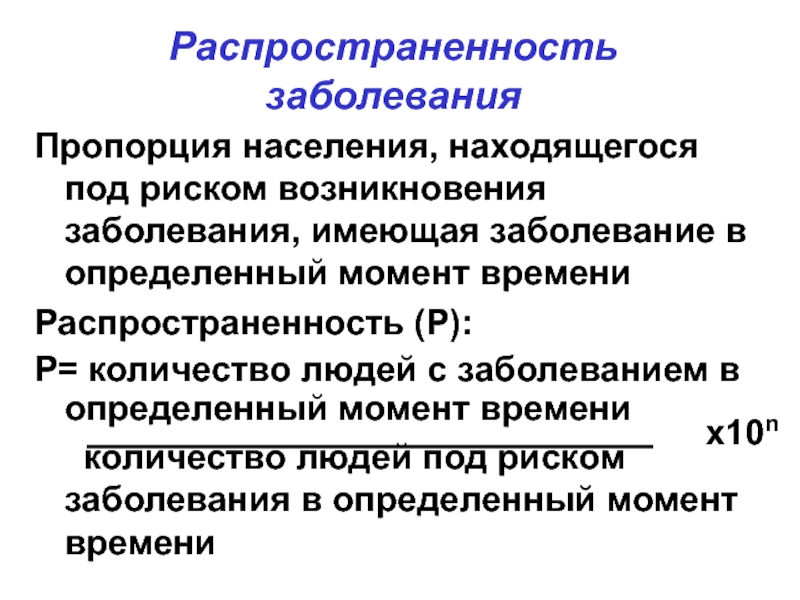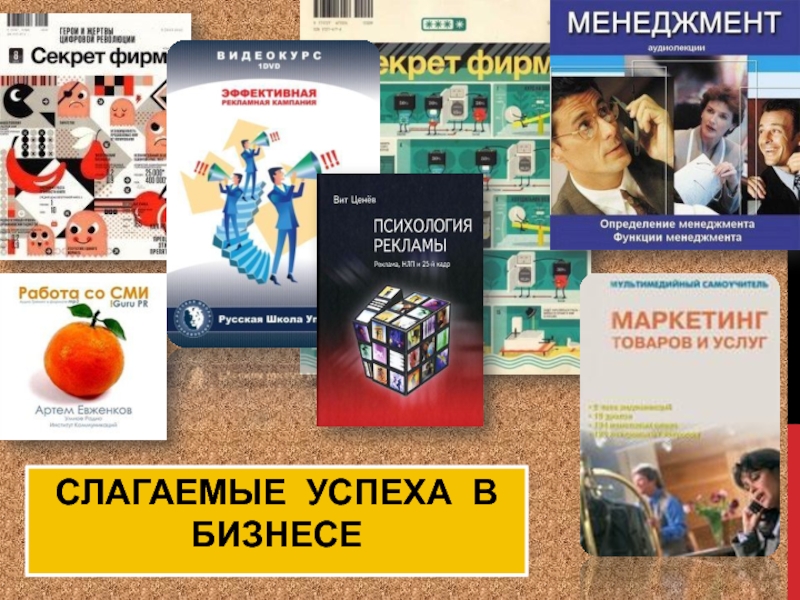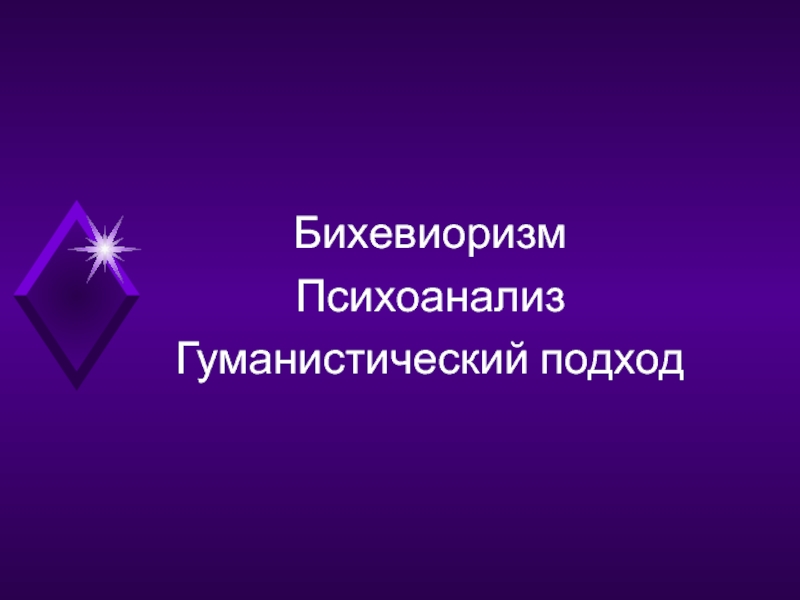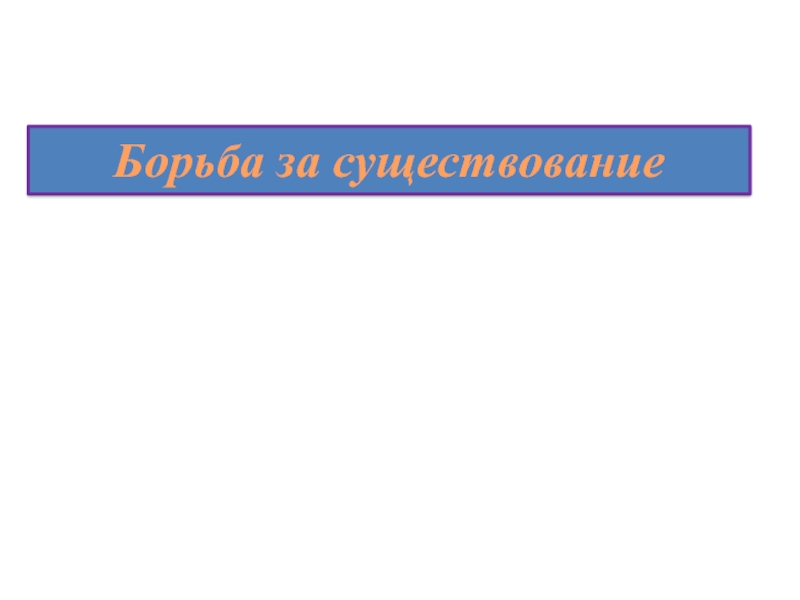Разделы презентаций
- Разное
- Английский язык
- Астрономия
- Алгебра
- Биология
- География
- Геометрия
- Детские презентации
- Информатика
- История
- Литература
- Математика
- Медицина
- Менеджмент
- Музыка
- МХК
- Немецкий язык
- ОБЖ
- Обществознание
- Окружающий мир
- Педагогика
- Русский язык
- Технология
- Физика
- Философия
- Химия
- Шаблоны, картинки для презентаций
- Экология
- Экономика
- Юриспруденция
Innovations in MFLT
Содержание
- 1. Innovations in MFLT
- 2. 21st Century Learning Skills critical thinking;
- 3. Early start at early age children
- 4. E-learning This is instruction with the aid of the information and electronic technologies.
- 5. Advantagies of e-learningthe possibility of the independent
- 6. Blended Learning Blended Learning (cмешанное обучение)
- 7. Flipped learning Flipped learning (перевернутое обучение)
- 8. Gamification Gamification is the application of play elements in “the serious”, i.e., not play activity.
- 9. Learner-centeredness Learner-centeredness (личностно-ориентированный подход)Provides with the
- 10. СLIL Content and Language Integrated
- 11. Tailored approach is the individual
- 12. Eclectic approach Eclect approach – allows
- 13. New technologies in the class
- 14. VR: Virtual realityVirtual Reality (VR) is the
- 15. AR: Augmented realityAugmented reality (AR) («расширенная/дополненная реальность»)is
- 16. ResourcesИнновационные тенденции в преподавании иностранного языка школьникам
- 17. Скачать презентанцию
21st Century Learning Skills critical thinking; habits and methods of research; creativity; initiative; communication; collaboration (сотрудничество);media- literacy (медиа-грамотность); responsibility; the global consciousness (глобальное сознание)
Слайды и текст этой презентации
Слайд 2
21st Century Learning Skills
critical thinking;
habits and methods of
research;
global consciousness (глобальное сознание)Слайд 3
Early start
at early age children start speaking FL much easier
the best age to begin training a child is 5
years oldit is urgent that classes should pass in a friendly, unconstrained (непринужденной) situation
the main teaching technique is gamification
Слайд 5Advantagies of e-learning
the possibility of the independent and unlimited repetition
of exercises and rules taking into account individual abilities;
the
errors of students are corrected immediately, thus it decreases the risk of fastening wrong habits; the motivation of students rises because of the use of contemporary methods and means (computer, the Internet);
gradual feedback makes it possible to evaluate the mastered knowledge and prepare for the examination systematically.
Слайд 6
Blended Learning
Blended Learning (cмешанное обучение) – is the educational concept
which means that students obtain knowledge both independently on-line and
at classes with the teacher.Слайд 7
Flipped learning
Flipped learning (перевернутое обучение) - is a form of
mixed instruction, which makes it possible “to overturn” instruction as
follows: instead of the domestic task the students watch short video- lectures in the network — learn theoretical material autonomously, — and all the classroom time is used for practical training with the teacherСлайд 8
Gamification
Gamification is the application of play elements in “the serious”,
i.e., not play activity.
Слайд 9
Learner-centeredness
Learner-centeredness (личностно-ориентированный подход)
Provides with the opportunity:
for the student to choose
the assignments;
to stimulate a student to the autonomous
educational activity, to ensure the possibility of self-education, self-development in the course of mastery knowledge;
to constantly coordinate the experience of a student with the scientific content of the assigned knowledge;
to direct material, presented in the textbook, to the expansion of the already accumulated knowledge,
structuring, integration, generalization of the study content,
enrichment of the personal experience of each student
Слайд 10
СLIL
Content and Language Integrated Learning (предметно-языковое интегрированное обучение) CLIL)
is an approach where students learn a subject and a
second language at the same time. A science course, for example, can be taught to students in English and they will not only learn about science, but they will also gain relevant vocabulary and language skills.It’s important to note that CLIL is not a means of simplifying content or reteaching something students already know in a new language. CLIL courses should truly integrate the language and content in order to be successful – and success is determined when both the subject matter and language is learned.
Слайд 11
Tailored approach
is the individual approach based on a good
knowledge by the teacher of the students: their innate quality,
the special features of health, psyche, their tendencies and interests.Слайд 12
Eclectic approach
Eclect approach – allows use and combining of different
methods to reach the target goal in teaching
Слайд 13
New technologies in the class
(AI, VR, AR, etc.)
AI: Artificial
intelligence— use of intellectual machines, especially intellectual computer programs in
the training process.Can computer estimate creative task? Australian experts give positive answer.
Слайд 14VR: Virtual reality
Virtual Reality (VR) is the use of computer
technology to create a simulated environment.
Unlike traditional user interfaces,
VR places the user inside an experience. Instead of viewing a screen in front of them, users are immersed and able to interact with 3D worlds.Слайд 15AR: Augmented reality
Augmented reality (AR) («расширенная/дополненная реальность»)is a type of
interactive, reality-based display environment that takes the capabilities of computer
generated display, sound, text and effects to enhance the user's real-world experience.Слайд 16Resources
Инновационные тенденции в преподавании иностранного языка школьникам // открытый урок
URL: http://festival.1september.ru/articles/527303/ (дата обращения: 21.05.2017).
Навыки XXI века в образовательной
программе ECLAB // eclab URL: http://eclab.by/texts/article/navyki-xxi-veka-v-obrazovatelnoy-programme-eclab (дата обращения: 21.05.2017).Пастушенко Л. Раннее изучение английского языка // Express English . - 2017.
Айналиева А.Р. Использование мультимедийных средств на занятиях по иностранному языку в вузе / А.Р. Айналиева // Вестник КРАУНЦ. Гуманитарные науки. - 2009. - № 9. - С. 74-75.
Червова Н.Я. ВОЗМОЖНОСТИ E-LEARNING В ПРОЦЕССЕ ИЗУЧЕНИЯ ИНОСТРАННОГО ЯЗЫКА // Образование. Научная деятельность . - 2017.
Что такое Mobile Learning и где этому научиться? // zillion URL: http://zillion.net/ru/blog/220/mobil-noie-obuchieniie-ili-mlearning (дата обращения: 20.05.2017).
Что такое программа смешанного обучения языку? // toolproject URL: http://www.toolproject.eu/index.php?id=36&L=9 (дата обращения: 20.05.2017).
Фирсова П. Перевернутый класс: технология обучения XXI века // iSpring. 2017.
Геймификация в изучении иностранного языка // womanwiki URL: http://womanwiki.ru/w/%D0%93%D0%B5%D0 (дата обращения: 20.05.2017).
Личностно-ориентированный подход в обучении иностранному (английскому) языку // festival.1september URL: http://festival.1september.ru/articles/620393/ (дата обращения: 20.05.2017).
